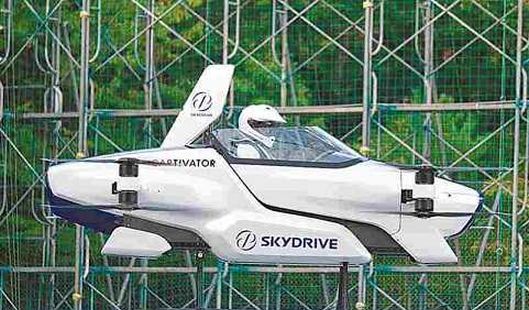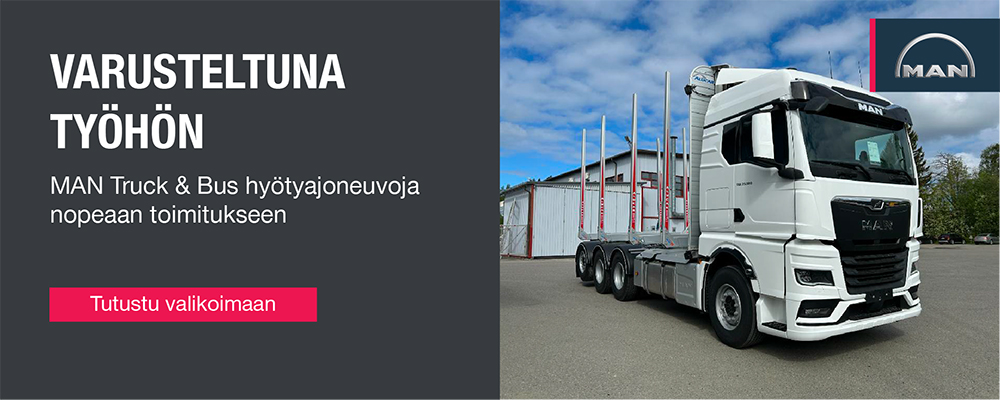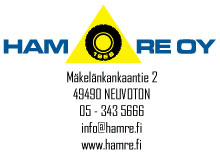
Japanin valtio omistautuu yhä tiukemmin ja tavoitteellisemmin sovittamaan seuraavan sukupolven ilmailuteknoilogian jokapäiväiseen käyttöön Japanissa.
Lentäviä autoja, joiden odotetaan mullistavan ilmakuljetuksia, kehitetään parhaillaan ensiesittelyyn Osaka-Kansai Expossa 2025.
Drones — small unmanned aerial vehicles — also could become a common feature in parts of Japan, if, as expected, the ban on automated flights over residential areas is lifted.
At the Land, Infrastructure, Transport and Tourism Ministry’s Aircraft Engineering and Certification Center near Nagoya Airport in Aichi Prefecture, engineers from a local company and center staffers consulted with each other at the end of May, bandying around such phrases as “This allows us to ensure the strength and airworthiness of the aircraft,” and “What are the flight conditions?”
The center is the only organization in the nation that checks the design and manufacture of flying-car airframes. One of the airframes being examined on the day was created by SkyDrive Inc., a startup based in Toyota, Aichi Prefecture, established by former employees of Toyota Motor Corp.
A public-private consortium of related ministries, agencies and aircraft manufacturers aims to develop a flying car for the Osaka-Kansai Expo to transport passengers between the venue and surrounding tourist attractions.
Several companies are presently competing to develop such a vehicle.
SkyDrive, one of the leading companies in the field, is developing a multiple-propeller aircraft that can take off and land vertically, and has already conducted test flights.
The company applied to the ministry in October to become the first Japanese manufacturer to receive a Type Certificate, which certifies the safety and other aspects of an aircraft for mass production.
The certification center — established in 2004 to support such developments — initially brought together more than 70 transport ministry inspectors to carry out a technical review of the Mitsubishi SpaceJet (MSJ), a domestically produced jetliner. But after the MSJ project was frozen in 2020, the center assigned about 60 of the inspectors to review flying-car development instead.
Gathering information on international standards is a key element in developing flying cars. “Know-how gained through MSJ inspections and personal connections with overseas authorities are proving useful,” said Hideki Chiba, the center’s director. “We want to ensure the product is safe, and we’re making every effort to make practical use [of flying cars] as soon as possible,”
Drones, which are becoming an increasingly familiar technology, will likely be cleared to operate at Level 4, allowing them to fly autonomously over residential areas by the end of fiscal 2022.
The Tokyo metropolitan government conducted a test project in February that involved flying a drone over the Sumida River to deliver pharmaceutical products from a medical wholesaler in Koto Ward, Tokyo, to a hospital about 2 kilometers away.
People who took part in the project said drones are ideal for when roads are congested or closed due to disasters. “[Drones] make it possible to deliver goods securely and quickly,” one participant said.
With a view to commercializing such services, the ministry plans to introduce a pilot’s license for drone operation — including autonomous drones — as well as an aircraft certification system, as early as December.
There were 86 accidents involving drones in the last fiscal year — about seven times more than in fiscal 2015 — including crashes on apartment rooftops and expressways.
The ministry aims to strengthen safety measures in line with the roll-out of more advanced flights. It will classify licenses into first- and second-class levels, which will be subject to a practical examination at a government-designated institution, in addition to a written examination that will test the applicant’s knowledge of aviation law and other relevant regulations.
A first-class license will be required to operate Level 4 drone flights.
The aircraft certification system will establish the safety standards required for Level 4. There are about 20 drone manufacturers in the nation, but it is thought that only a few are capable of manufacturing drones that would meet the Level 4 standard.
The ministry therefore plans to offer technical advice to manufacturers to help promote the development of such drones.
Next-generation aviation technology is expected to be used in a wide range of fields, including travel and transportation to remote islands and in mountainous areas.
The technology is also being closely eyed for the home-delivery business, which has expanded rapidly due to the spread of the novel coronavirus, and for the inspection and maintenance of high-rise buildings and other structures.
“We’d like to encourage the spread of this technology throughout the nation, while making safety our main priority,” an official of the ministry said.
(Technology, The Japan News)


































